Click the picture below to buy the zine over on ETSY.
On 27th March 2020, the Irish Taoiseach Leo Varadkar announced further ‘social distancing’ measures designed to limit the spread of the Covid-l9 (Coronavirus) pandemic through the country. Despite a relatively slow spread of the virus in the preceding month, realisation of the seriousness of the outbreak hit home as he announced restrictions beyond those expected and of the country’s nearest neighbour, the United Kingdom.
Citizens were told that they must stay at home at all times, other than in a short list of circumstances, such as working in essential services, medical appointments or buying essential supplies. Exercise was permitted, providing it was either alone or with members of your household, and within 2km of your home.
As he finished speaking, phones lit up and the WhatsApp messages began as people questioned the implications of the restrictions on themselves and their family. People speculated on how ‘essential’ their workplace might be. I could think of only one thing – how would I record this ‘lock-down’ photographically?
I’d continue to record the day to day adventures of our five year-old of course, but quickly realised that I wanted to take pictures related to this unique curfew or house-arrest that we found ourselves under. The 2km radius was the detail that stuck in my mind. It seemed so arbitrary; my 12.5 square kilometers would be very different to my friends in Dublin or Cork, containing perhaps 5,000 people to their half a million.
I quickly set about mapping the area (an app was created just a couple of hours later) to see how far I’d be able to go. At that point, the project became clear. I’d travel to each of the places that a road left the circle and take a picture. It reminded me of Mark Power’s work ’26 Different Endings’. In it, he used the London A-Z map and took a picture in each square that marked the end of the map’s coverage (the map grows with each reprinting). It’s fantastic work.
I have a fascination with maps and their relationship to the physical features that they represent. Even more interesting are the marks on maps that indicate things that aren’t actually on the ground – think of county boundaries for example. As someone born and raised in the (mainland) UK, our frontier was obvious – if you got to the sea, you’d reached the border. As I travelled more, especially across Schengen Europe, I realised how arbitrary borders were, especially in a place like Poland. After the war, and the deaths of countless soldiers trying to make, or defend territory, that ground was divided up by three leaders over brandy and cigars. They laid out a map and drew pencil lines that would define people and the land forever.
With my map printed, I set out with a Mamiya C330 film camera and a couple of rolls of film, to ride my bicycle between the 12 points where a road left my lockdown zone. At each, I took a picture of the road leaving, and whatever was next to me at that point and those pictures are contained here. Some are dull, featureless places (you’re already looking forward to those pictures I imagine) made significant only because they were exactly 2km from my front door.
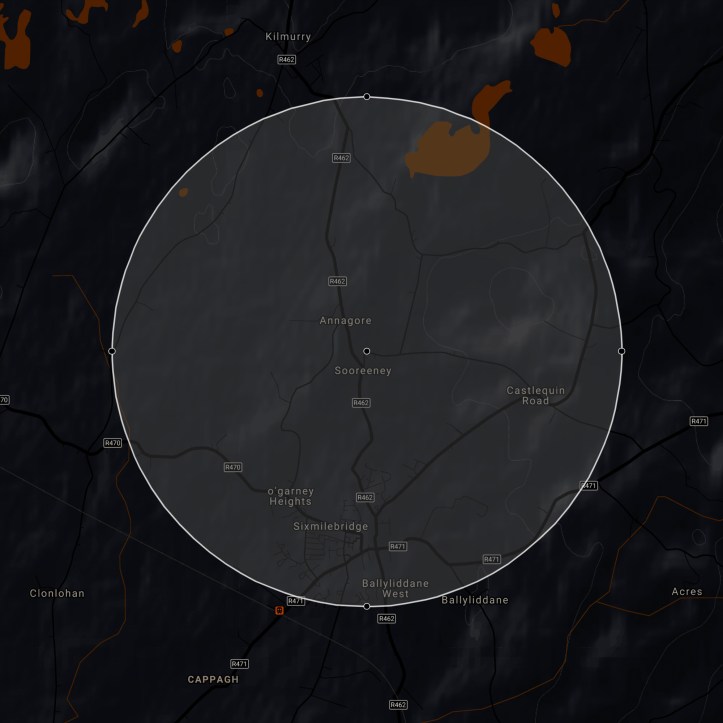
As it turned out, my workplace is considered ‘part of the supply chain for essential services’ and in the week since the announcement, I’ve been travelling to the factory each day of the lockdown, and so leaving my 2km zone. You may enjoy the irony of the fact that I took a day off from work to take these pictures. So, unlike many people in the area, even though I could cross this invisible boundary without breaking the guidelines, I chose to explore it instead.
I’d planned to release this story and pictures as a zine (and try to raise a few quid for a mental health charity), but realise that going to a post office to send out copies to people was a pretty daft thing to do. So I created an online, electronic version that you can see here on Flipbooker.



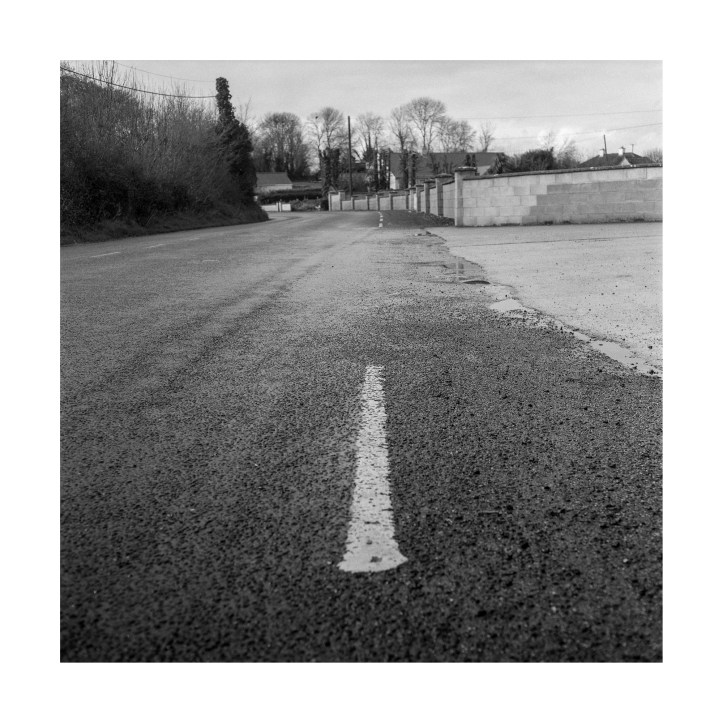


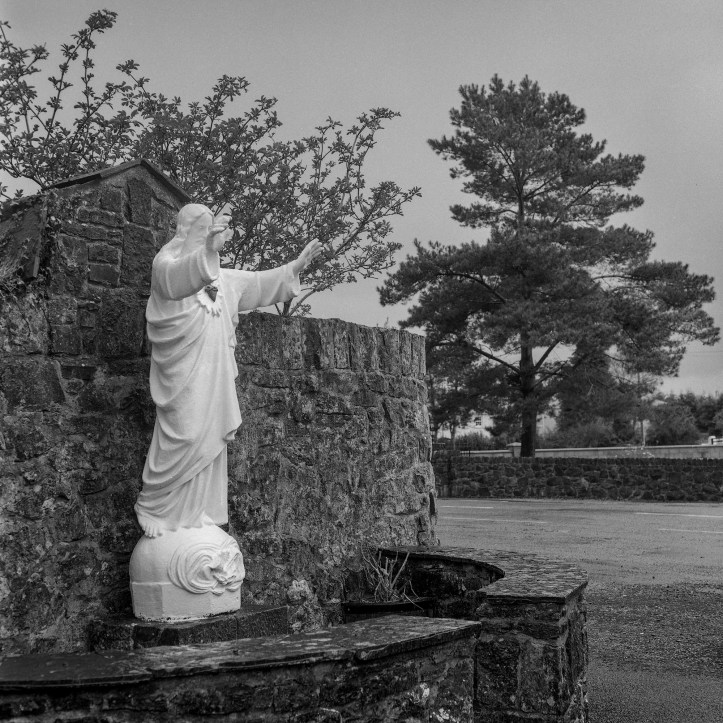




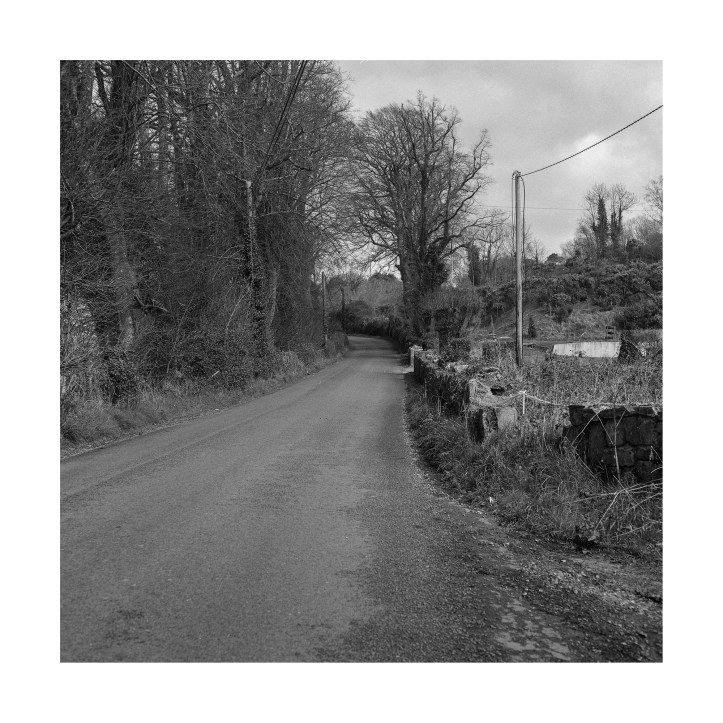

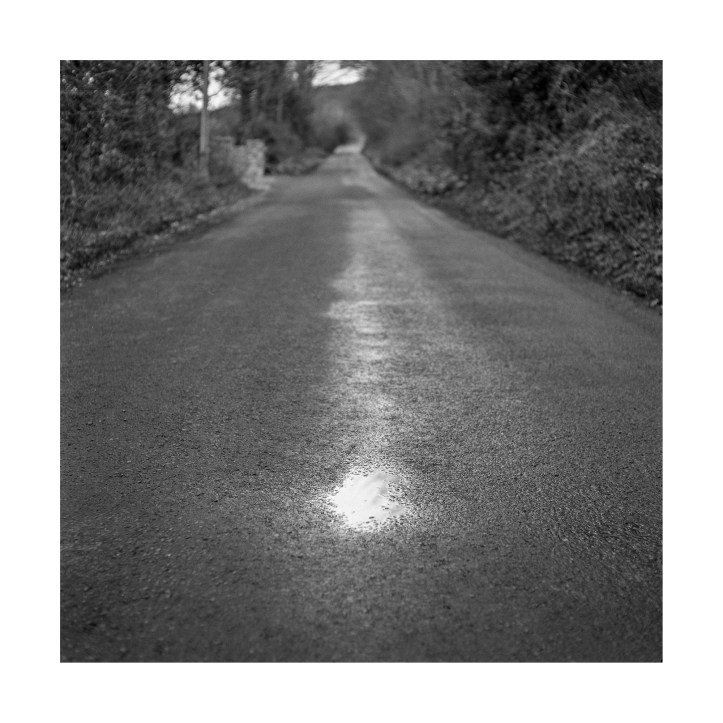










Gubbins:
All pictures shot with a Mamiya C330f twin lens reflex camera, on Ilford FP4+ film (at asa400), processed in Ilford DD-X (1:4 for 18 minutes) in our kitchen sink, before being scanned at home.

What a marvelous response! Stay safe, and keep checking on those boundaries 🙏
LikeLiked by 1 person
Well done sir.
LikeLiked by 1 person
Enjoyed this.
LikeLiked by 1 person
Cool idea and very well executed. The square format works really well here.
LikeLiked by 1 person
Thanks for looking George.
LikeLike
Great idea! Love the tones of the fp4 at 400!
LikeLiked by 1 person